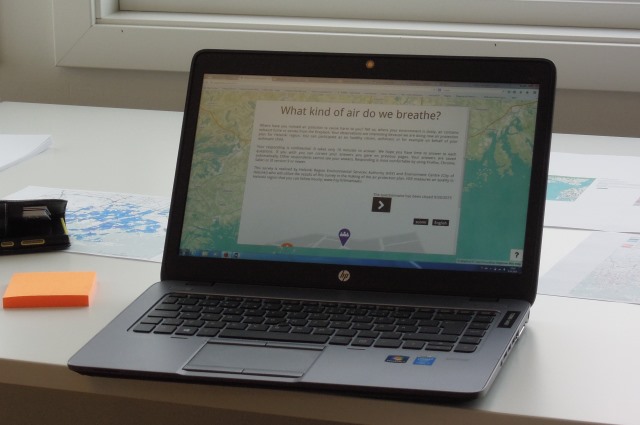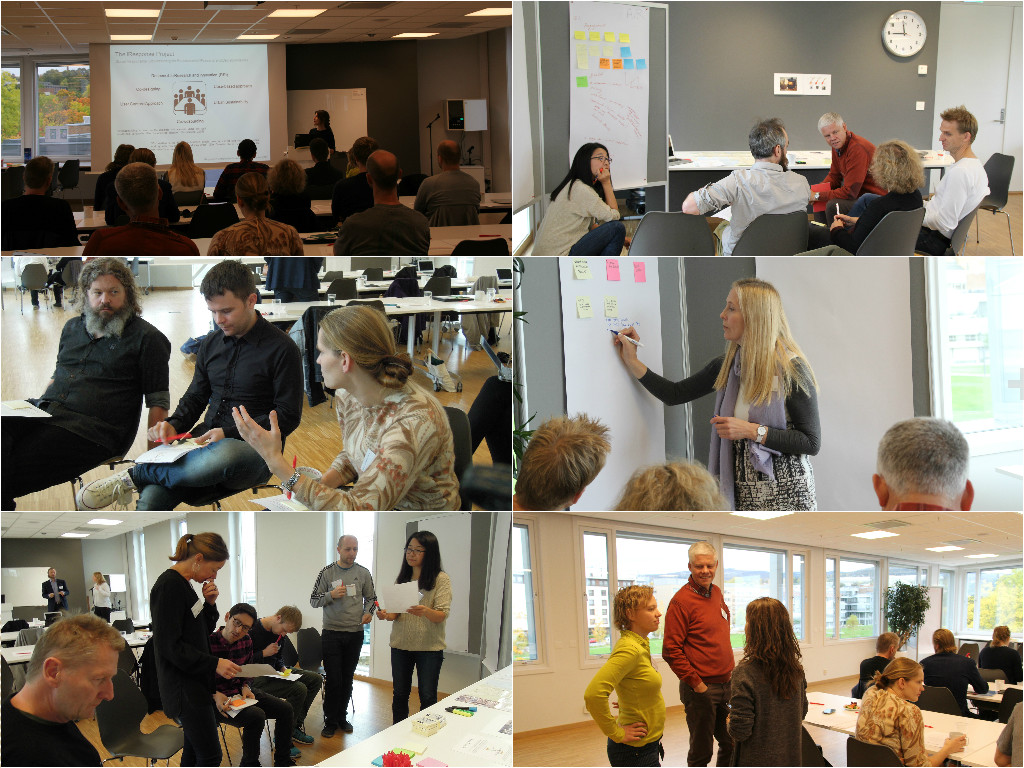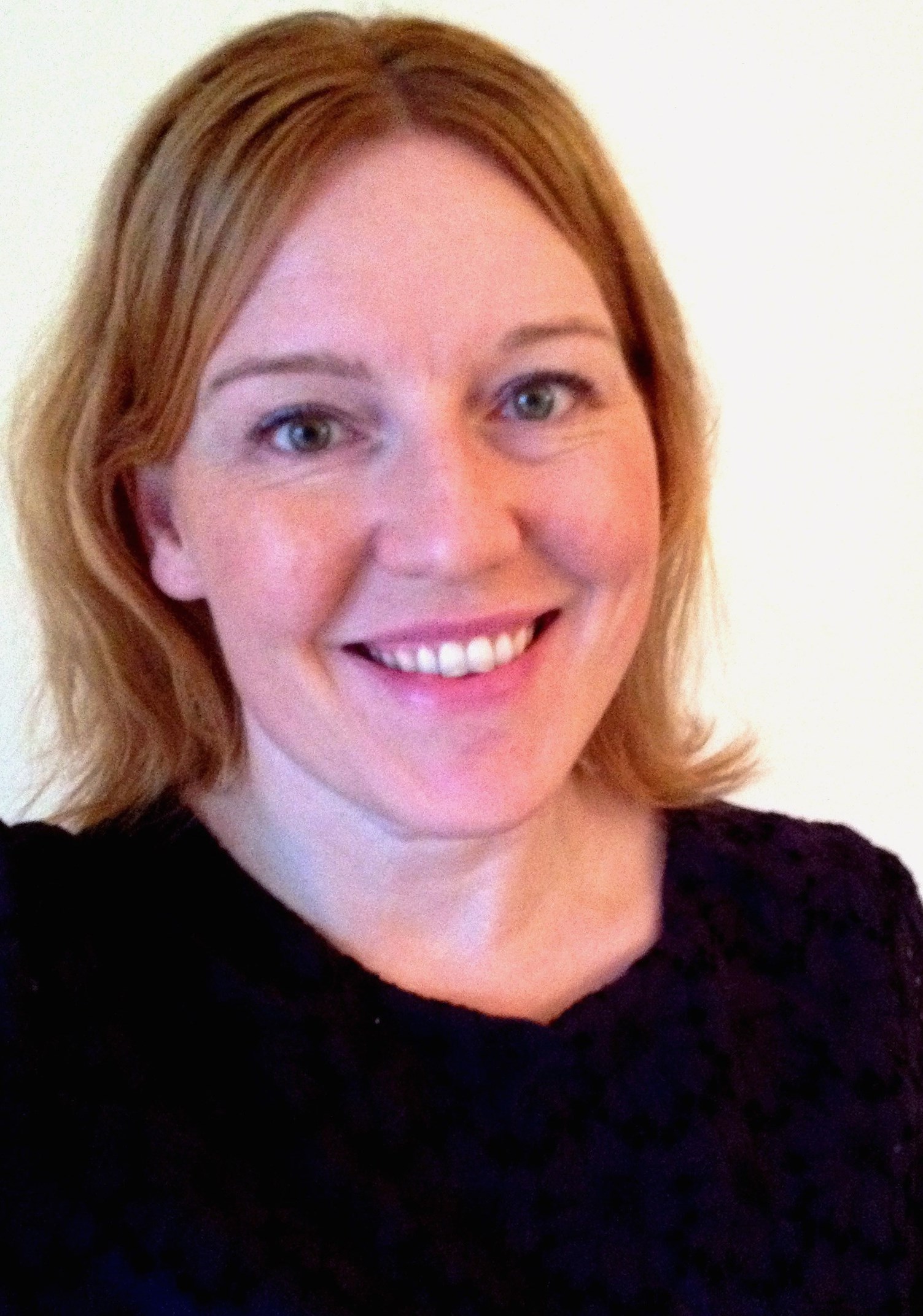What's in it for the crowd?
Successful crowdsourcing is not just about getting. It's also about giving. The message from our 1st Stakeholder workshop was clear: focus on what you are solving for, or giving to, the crowd.

On 8th October 2015, the day after the project kick-off, we arranged the 1st iResponse Stakeholder Workshop. The aim was to establish a dialogue on aspects to consider in the design, development and application of crowdsourcing in our project on social responsible crowdsourcing for urban environmental research and decision-making.
A day of interaction
In total 21 participants attended the 4-hour workshop at CIENS in Oslo, both stakeholders and project participants. We started with an introduction to the project and the 3 urban cases - urban planning, air quality, and stormwater management (more about the cases here). We then did group work, and finally, an open session sharing and summing up.
Among the stakeholders, there were representatives from the Norwegian Data Protection Authority, the Norwegian Environment Agency, Oslo Municipality- Agency of Urban Environment, the Research Council of Norway, IKT-Norge and Zero Emission Resource Organisation (ZERO).
For the group work, we did a session of 3x20 min, where 3 groups spent 20 min at each at the 3 case work stations discussing 2 key questions:
- How might crowdsourcing help the case challenges?
- Which concerns (e.g. social) may be associated with using crowdsourcing in this context?
The room was filled with energy and time passed quickly! We got a lot of valuable input that we'll use in the continued project work.

Our discussions can be summarized around 5 key questions concerning the use of crowdsourcing, which might be helpful for others in a similar process.
5 key questions
1. Is crowdsourcing the right approach?
First things first. Before even entering into a crowdsourcing activity be sure to consider if crowdsourcing is the best way to deal with the issue.
Be realistic about and reflect on crowdsourcing as a method. It may not be the best approach for some questions or tasks. We were advised to also look further into possibilities of combining crowdsourcing with machine learning.
There are different ways of doing crowdsourcing. You may not need to start from scratch. It is important to ensure that we do not repeat unnecessary steps. We were advised to look into harvesting and make use of data that already exist.
Stakeholders emphasized that we should be realistic about what is strictly needed for data resolutions as a start. We should also consider what could be solved through supporting technology, e.g. sensors.
Key considerations:
- Is crowdsourcing the best approach for the issue?
- Can the information be collected by other means?
- If crowdsourcing, then in which form?
For example, for the air quality case, it was suggested that wood burning data could maybe be obtained by use of sensors.
2. Who is the crowd and what is in it for them?
To successfully take care of the crowd you need to know them. The crowd also wants something to be taken care of. This can be on a practical level or more emotional level, as the feeling of contributing to solving a problem.
Many crowdsourcing efforts face the risk of falling flat because not enough is done to cultivate individual contributions and “design for usability”. It is essential to keep the users in mind and make sure to also “see and hear” individuals.
Key considerations:
- Who is the crowd?
- What are we solving for, or providing to, the crowd?
- How does the crowd function?
The importance of feedback was raised. Don't ask for something if you are not prepared to give feedback!
3. How to reach and engage with the crowd?
Channels for reaching and engaging with the crowd are important.Crowdsourcing is not much use if you can't connect with the crowd.
Key considerations:
- How to reach the crowd? Collaborators?
- How to engage the crowd ?
- How to provide feedback?
Some stakeholders pointed out that there often is a gap between academic research and the general public. They advised us to look into relevant actors to collaborate with as “middle agents” for shared value. These might be schools, civil society organizations, local organizations etc.
For example with our stormwater management case, this is an issue that many people might not think about, we have to make it relevant.
4. How to protect the crowd?
Privacy and security are key concerns in ICT. The concepts of “security by design” and “privacy by design” were brought forward at the workshop by stakeholders.
Key considerations:
- What are security and privacy concerns for the different steps of the crowdsourcing process?
- How will these concerns be dealt with?
Respondents should be well informed about why the data is collected, who uses the data, how it is going to be used etc. In a project like ours on Responsible Research and Innovation (RRI), ethics, safety and security are of course key. The Norwegian Data Protection Authority and other stakeholders offered to contribute with relevant input.
5. How is the crowdsourcing a part of a larger value system?
Innovative services often combine different data in new ways to create value. Stakeholders advised us to look into accessing multiple data sources to ensure user relevance.
Key considerations:
- What data can be bundled together in new ways to create value and amplified services?
- Is someone already collecting relevant data not fully put to use?
- What are useful collaborations?
Work in progress – join in!
This workshop was part of the kick-off of our project which lasts until June 2018. We'll have many more interactions, smaller workshops and seminars as part of the work.
The next stakeholder meeting will be in autumn 2016 in Oslo. If you would like to be invited, let us know!
Contact us, you can also find us on twitter: @iresponse_rri
If you are a citizen in Norway wondering how you might get involved in our case studies. Contact us to get notified! Also, we are always happy to hear from you about any ideas or comments!
(photos by Susana López-Aparicio and Line Barkved)
About the Author: Line Barkved is one of the co-principal investigators of iResponse and leads WP2 on "Dialogue, Social Participation and Learning". She is a research scientist at NIVA working on water management, technology, and governance. She's interested in collaborative design and innovation. Twitter: @linebarkved
